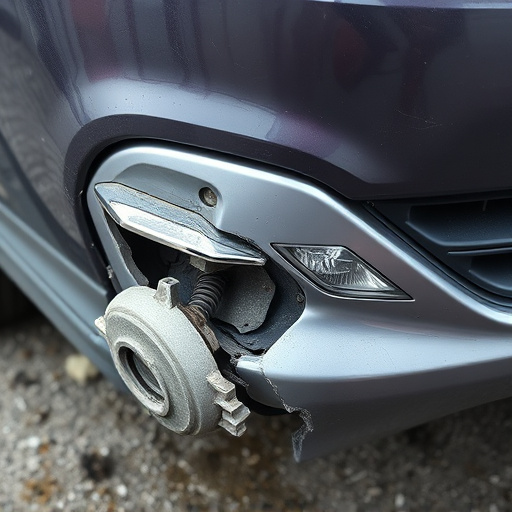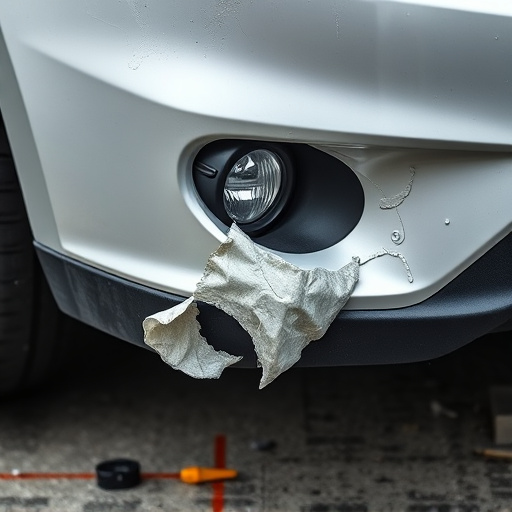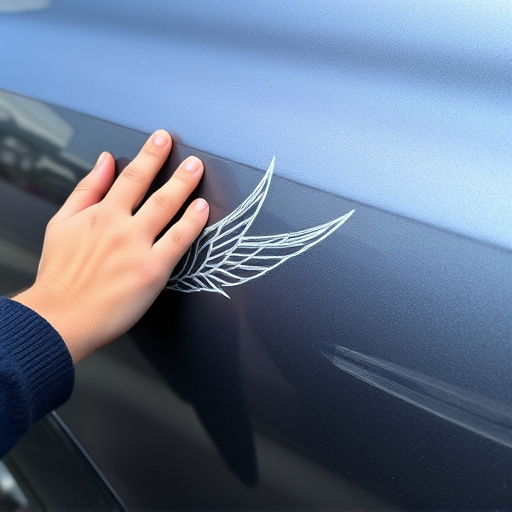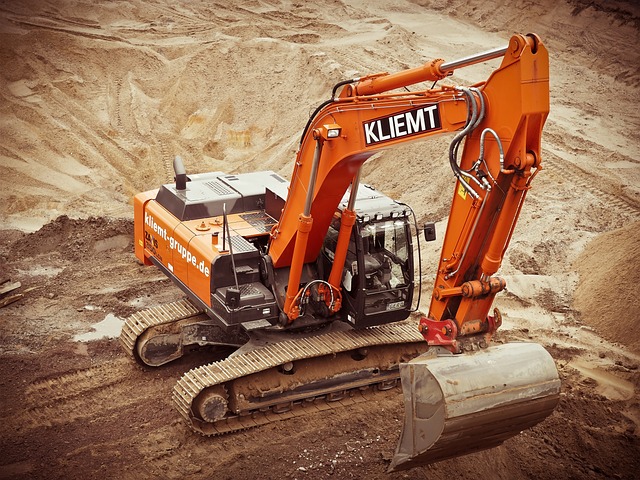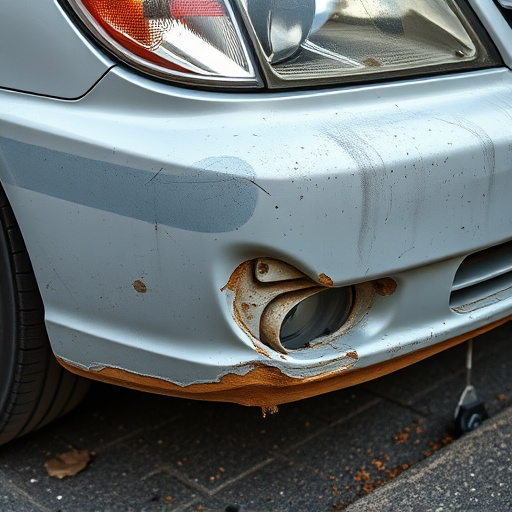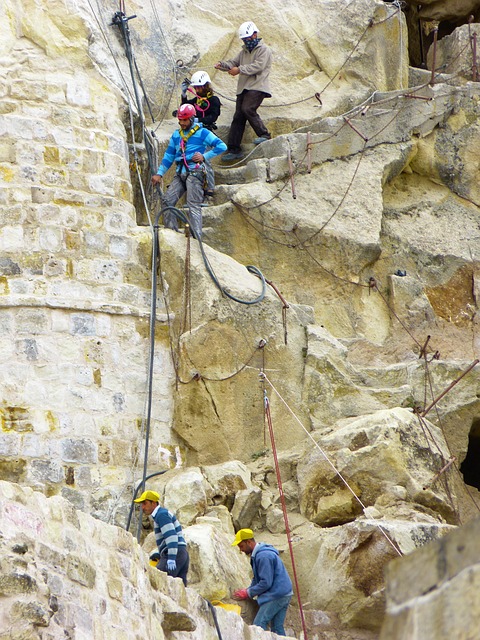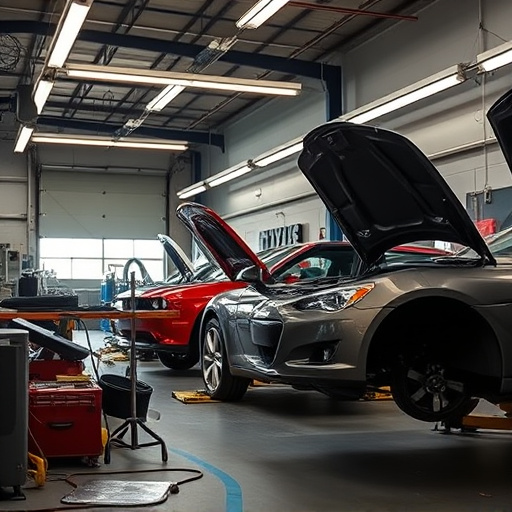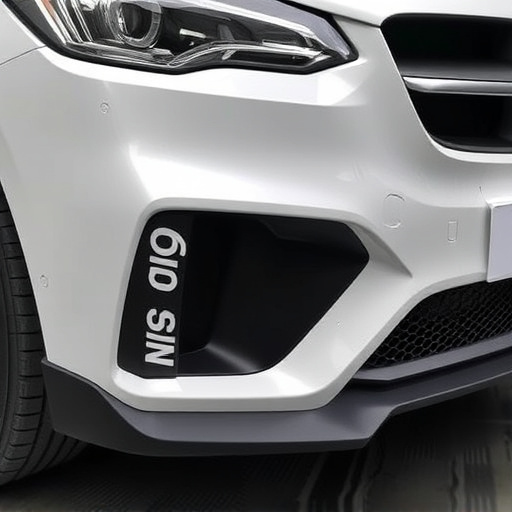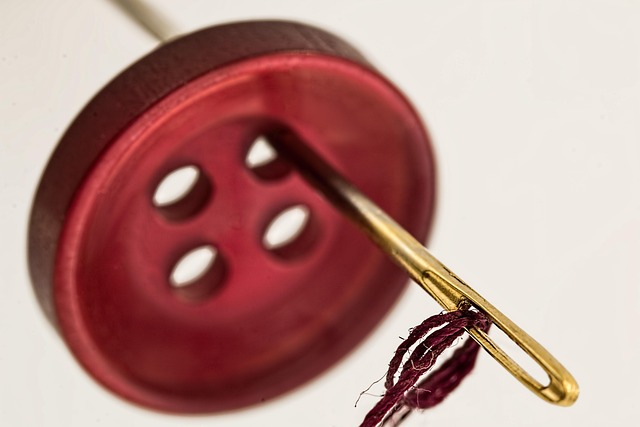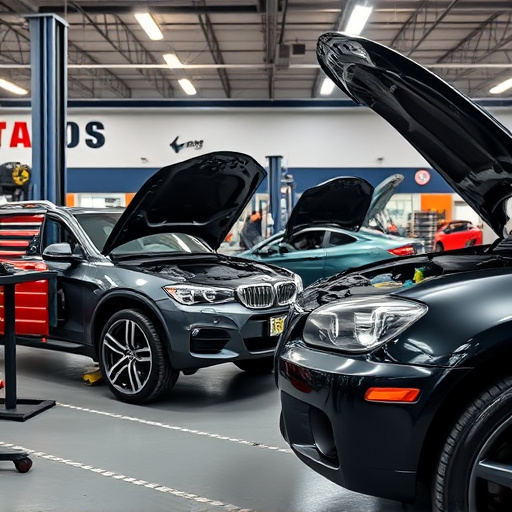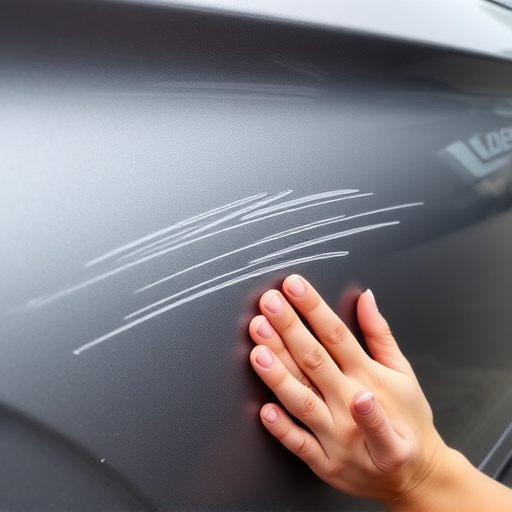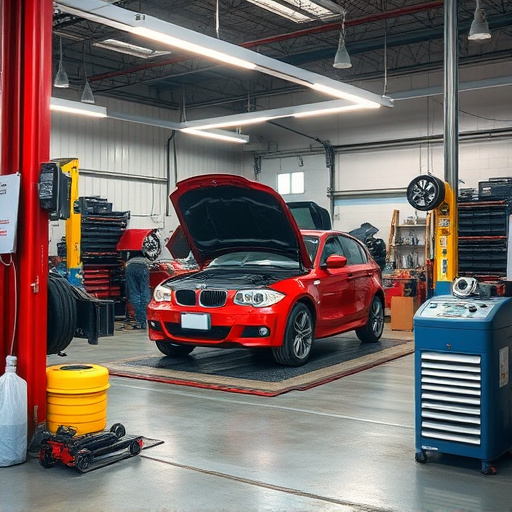Post-collision, a meticulous inspection of vehicles and their AC systems is crucial. Even minor fender benders can cause hidden damage to the AC system, such as crushed lines or blocked vents. Look for visible signs like leaks, cracks in condensate drain lines, and changes in cooling performance. Avoid operating the AC until a professional mechanic has tested and diagnosed potential issues, ensuring safe and optimal vehicle condition post-collision.
After a car collision, it’s crucial to consider inspecting your air conditioning (AC) system. While not always visible, immediate post-collision damage assessment can reveal potential hazards in accessible components. Understanding why timely AC system checks are vital—ensuring optimal cooling performance and preventing long-term damage—can save you from costly repairs. This article guides collision repair professionals through comprehensive inspection protocols, focusing on both visible parts and hard-to-reach connections, adhering to industry standards for effective AC system collision repair.
- Assessing Immediate Post-Collision Damage
- – Visual inspection of the AC system components both visible and accessible.
- – Identifying potential hazards before operating the system post-repair.
Assessing Immediate Post-Collision Damage
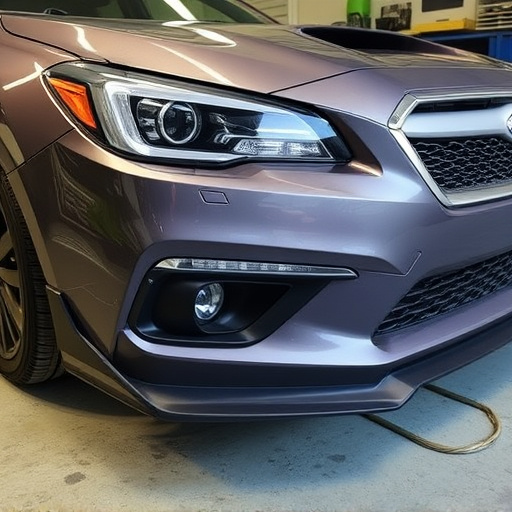
After a collision, the initial assessment should always include a thorough inspection of the vehicle’s exterior and interior for immediate damage. One of the critical components to check is the AC system, as even minor collisions can cause unseen damage. While some dents or scratches might be visible, other issues like crushed or leaked refrigerant lines, damaged condensers, or blocked vents could go unnoticed without proper examination.
During this initial evaluation, look for signs of a compromised AC system, such as strange noises when the unit is turned on or noticeable changes in cooling performance. A professional mechanic can perform more detailed tests to diagnose any issues and provide insights into necessary repairs, which may include paintless dent repair, bumper repair, or even auto frame repair, depending on the extent of the collision damage.
– Visual inspection of the AC system components both visible and accessible.

After a collision, it’s crucial to conduct a thorough visual inspection of your vehicle’s AC system, focusing on both visible and accessible components. During an auto collision repair, visible signs of damage could indicate issues within the AC system. For instance, if the condensate drain lines show leaks or cracks, or if the evaporator coils are visibly damaged, these are clear indicators that further investigation is needed.
Remember that automotive collision repair isn’t just about fixing the car body repair; it also involves ensuring all critical systems, like the AC, function safely and efficiently after a crash. A meticulous inspection can help identify subtle damage or potential problems that might affect cooling performance or even lead to more severe issues if left unattended—a key consideration in maintaining a comfortable cabin environment post-collision.
– Identifying potential hazards before operating the system post-repair.
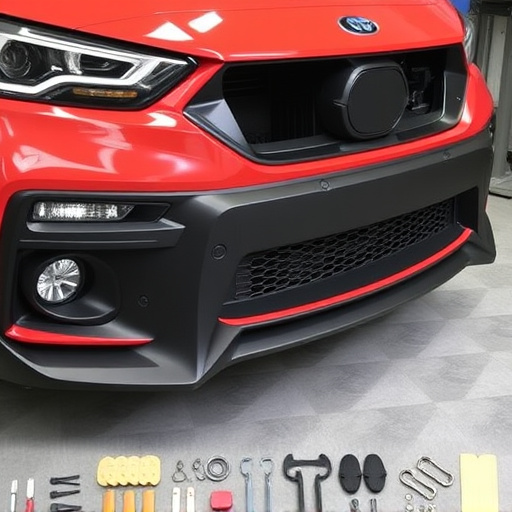
Before operating an AC system after a collision, it’s crucial to conduct a thorough inspection to identify potential hazards. Even if the car appears structurally sound after repair at a collision center or auto body services, internal damage could have occurred that compromises the AC system’s safety and efficiency. For instance, a punctured line or damaged compressor can lead to leaks or reduced cooling performance, posing health risks by introducing mold or bacteria into the indoor air.
During inspection, look for signs of fluid leaks, unusual noises coming from the system, or any odd smells. Visualize the entire AC unit and its components, paying special attention to connections and seals. If you notice any damage or discrepancies, don’t operate the system. Instead, consult a professional technician who specializes in AC system collision repair to ensure safe and optimal performance.
After a collision, it’s crucial to thoroughly inspect your AC system for any damage before resuming its operation. A visual assessment should cover all visible and accessible components, identifying potential hazards that could arise from the impact. Remember, proper maintenance and timely repairs are essential for ensuring both optimal performance and safety when it comes to your AC system collision repair.
